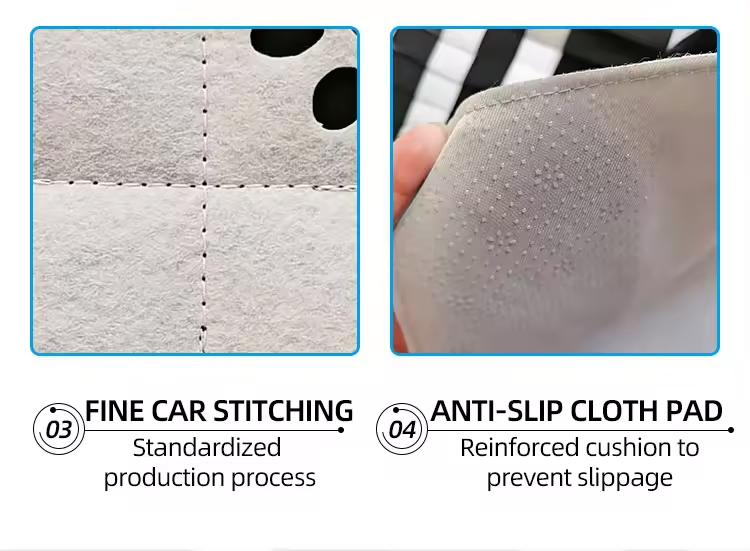The Importance of Flexible Acoustic Panels in Modern Spaces
In contemporary architecture and interior design, acoustic considerations have become increasingly crucial. As public spaces, offices, and homes evolve in purpose and function, the need to manage sound effectively cannot be overstated. One of the most innovative solutions in this domain is the use of flexible acoustic panels. These panels offer a blend of sound absorption, aesthetic appeal, and adaptability that meets the diverse needs of modern environments.
Understanding Acoustic Panels
Acoustic panels serve to reduce sound reflections and improve sound quality within a given space. Traditional panels, often rigid and bulky, can be effective but might not fit seamlessly with the design ethos of contemporary interiors. Flexible acoustic panels, however, are crafted from lightweight materials that can easily be shaped and manipulated, allowing them to blend harmoniously into various environments. Their flexibility makes them ideal for installation in spaces with unique architectural features or irregular layouts, where traditional panels would be difficult to implement.
Benefits of Flexible Acoustic Panels
1. Enhanced Sound Quality The primary function of flexible acoustic panels is to absorb sound. They minimize echo, reverberation, and overall noise pollution which is essential in settings like concert halls, recording studios, schools, and offices. By strategically placing these panels, one can significantly enhance the auditory experience.
2. Aesthetic Versatility Available in various styles, colors, and textures, flexible acoustic panels can complement any interior design scheme. Whether one desires a sleek, modern look or a more traditional ambience, flexible panels can be customized to suit the desired aesthetic. This versatility allows designers to incorporate acoustic solutions without compromising on style.
3. Ease of Installation Unlike traditional acoustic panels that may require professional installation, flexible acoustic panels can often be installed with minimal tools and expertise. This not only reduces labor costs but also enables designers and homeowners to easily modify or relocate panels as needed to adapt to changing acoustic requirements.
flexible acoustic panels

4. Sustainability Many manufacturers are conscious of their ecological footprint and produce acoustic panels using sustainable materials. This aligns with the growing trend towards environmentally friendly design and conscious consumerism. By choosing high-quality, sustainable options, customers can ensure they are making a responsible choice for both their space and the planet.
5. Space Maximization In smaller environments, every inch of space counts. The lightweight nature of flexible acoustic panels means they can be used in areas where heavier, traditional panels may not be feasible. This capability allows for creative installations in nooks, corners, and on ceilings, optimizing sound management without crowding the space.
Applications in Various Settings
Flexible acoustic panels are being utilized across a range of environments, from corporate offices that require a quieter atmosphere for productivity to educational institutions aiming to foster better learning conditions. Cafes and restaurants are also investing in these panels to create inviting acoustics that encourage conversation without overwhelming noise levels.
Moreover, in residential settings, homeowners are increasingly recognizing the benefits of sound control in their living spaces. Whether it's a home theater, a music room, or just a peaceful living area, flexible acoustic panels can facilitate a more enjoyable atmosphere.
Conclusion
In conclusion, flexible acoustic panels present a dynamic solution for addressing acoustic challenges in modern architecture and design. Their combination of sound absorption, aesthetic flexibility, ease of installation, sustainability, and space optimization makes them an invaluable asset for any environment. As we continue to prioritize comfort and functionality in our spaces, the role of flexible acoustic panels will undoubtedly grow, shaping not just how we experience sound, but how we think about design itself. Investing in these innovative solutions is a step towards creating environments that are not only visually appealing but acoustically harmonious.
